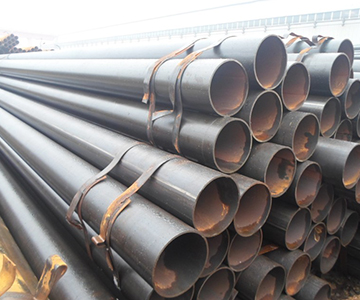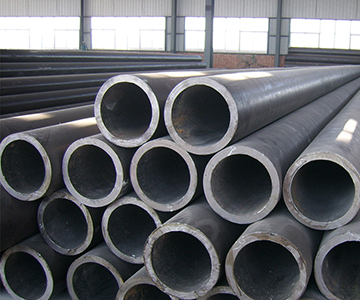2024-11-25
As an important metal material, steel pipe plays an important role in construction, oil, natural gas, chemical industry, machinery manufacturing, and other fields. Among them, 50016 steel pipe, as a high-quality steel pipe material, has multifunctional characteristics and is widely used in various f


















